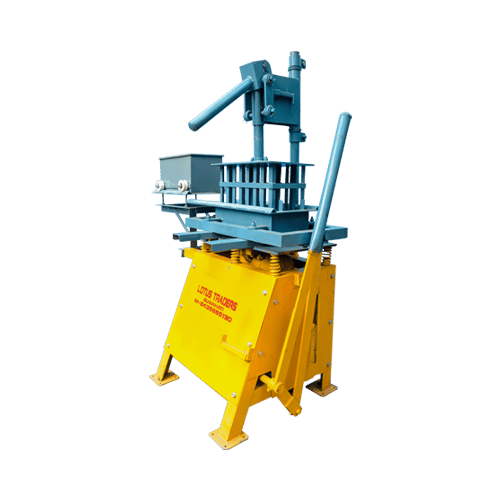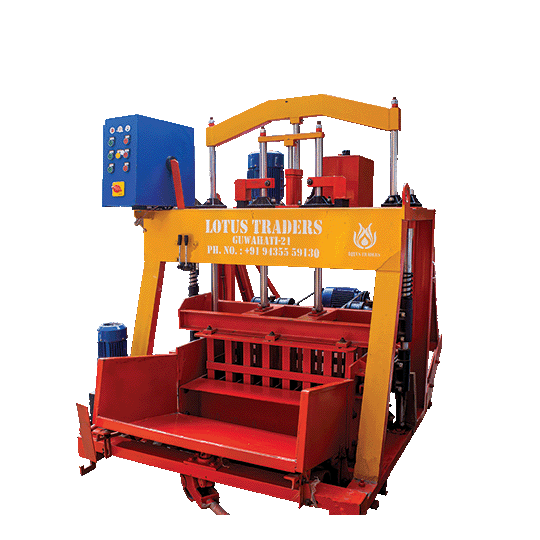Home > Concrete Testing Equipment > Curing Tank
Curing Tank
Ratings :
☆☆☆☆☆ 4.5/5
- High Quality Materials
- Compliance With Standards
- Clear Product Information
- Warranty & Support
- Product Testing & Certification
- Delivery & Policy
- Ask a Question
- Estimated Delivery: 5 Days – 10 Days
Product Details
- DESCRIPTION
FEATURE | SPECIFICATION |
Temperature | 35 Deg C or 100 Deg C |
Size | 150 mm / 70.6 mm |
Material for Construction | Stainless steel |
Display | Digital |
Accuracy | +/- 1% |
Cycle | 24 Hour cycle |
ENQUIRY NOW
ASK FOR PRICE
Similar Product










